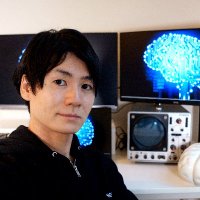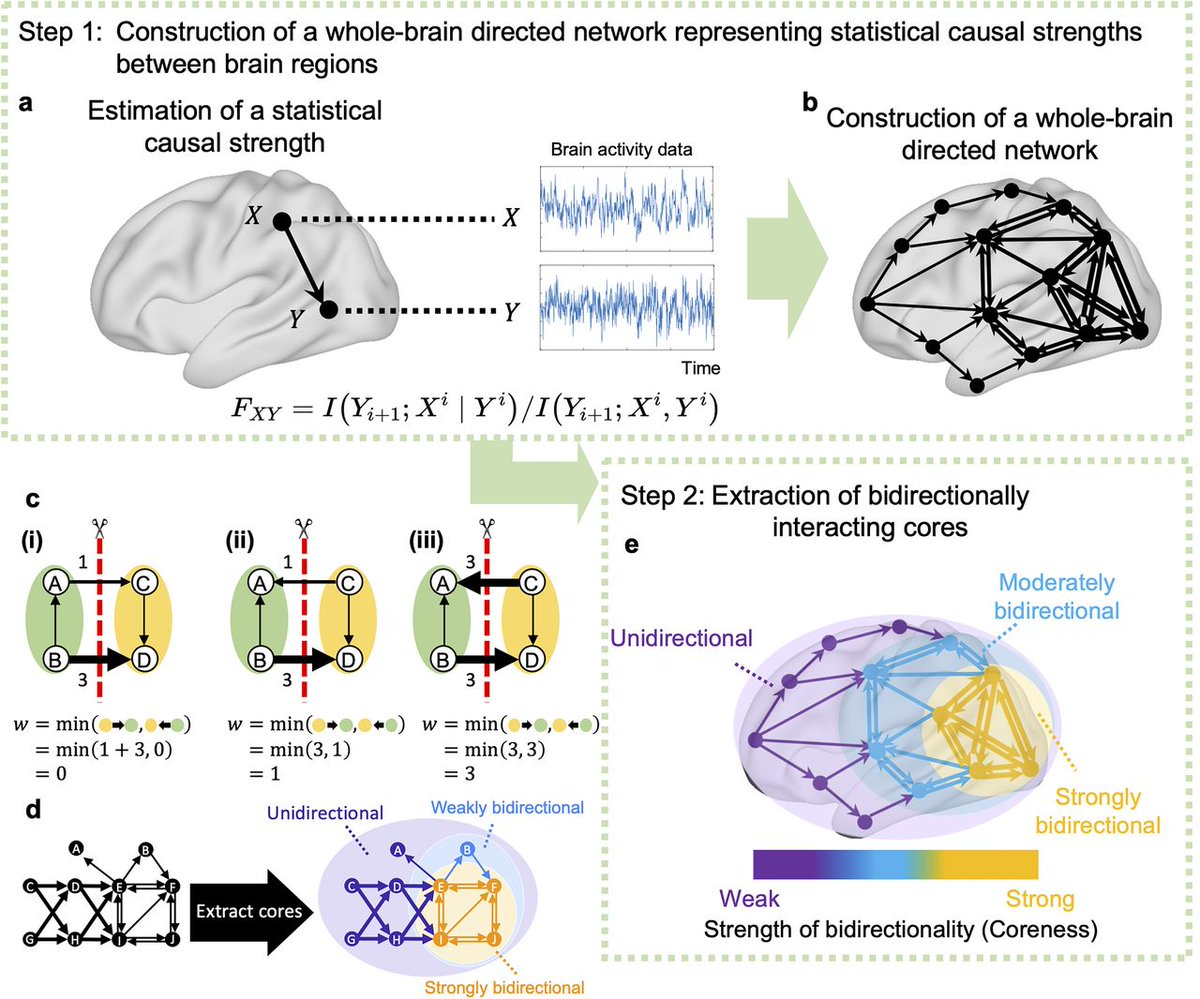
Jun Kitazono
@junkitazono
theoretical neuroscience (on consciousness), machine learning
ID: 202701235
https://sites.google.com/view/jun-kitazono/ 14-10-2010 16:46:26
49 Tweet
156 Followers
369 Following

Press release of our new paper, with Masafumi Oizumi and Y. Aoki, out in Cerebral Cortex! We identified network cores with strong bidirectional connections in the mouse brain and discussed the relationship between the cores and consciousness. u-tokyo.ac.jp/focus/en/press…


Is my “red” your “red”? In this preprint with Ariel Zeleznikow-Johnston, Nao Tsuchiya, Masafumi Oizumi, we propose a novel quantitative method to compare subjective experiences in a purely unsupervised manner based on the qualia structure paradigm. 1/13 psyarxiv.com/h3pqm/


Press release from the University of Tokyo for our latest paper in #JNeuosci! SK Genji Kawakita Shuntaro Sasai (笹井俊太朗) Jun Kitazono With our control theory framework, we examined the significant brain regions for the optimal control in human fMRI data. u-tokyo.ac.jp/focus/en/press…

New results just added by Annie G. Bryant in an update to arxiv.org/abs/2201.11941, highlighting some high-performing statistics of coupling in EEG and fMRI time series 👀


🚀New Preprint by Shikauchi et al🧠 Our method combines network control theory with perturbation inputs (TMS) to explore brain dynamics (EEG responses). Co-authored with Leo Tomasevic Jun Kitazono Hartwig Roman Siebner Masafumi Oizumi

This work was led by Yumi Shikauchi, a former postdoc in my lab. The TMS-EEG data during motor tasks were collected by Mitsuaki Takemi / 武見 充晃, Leo Tomasevic, and Hartwig Roman Siebner, while Jun Kitazono and I contributed on the theoretical side. Thanks to the team for making this possible!


Grateful to my co-authors D. Sekizawa and Jun Kitazono, and especially to my supervisor Masafumi Oizumi! This collaboration made our latest study possible.





#JNeurosci: Findings from T.Taguchi Jun Kitazono Shuntaro Sasai (笹井俊太朗) and Masafumi Oizumi offer novel insights into how network cores with strong bidirectional interactions contribute to the mechanisms underlying conscious perception and cognitive functions. vist.ly/3n5nakw




